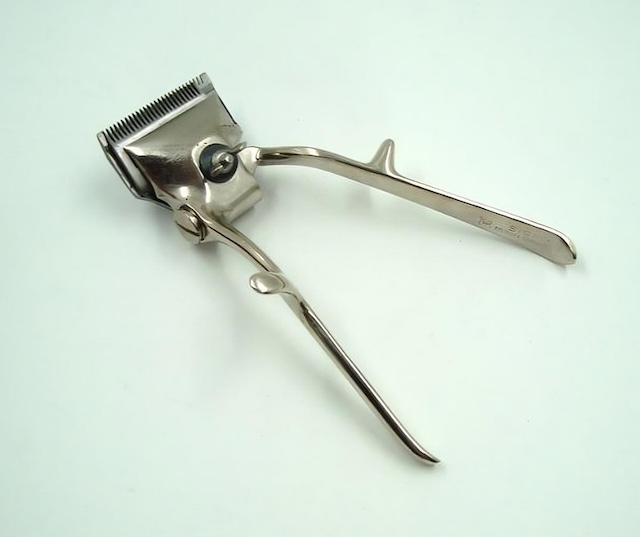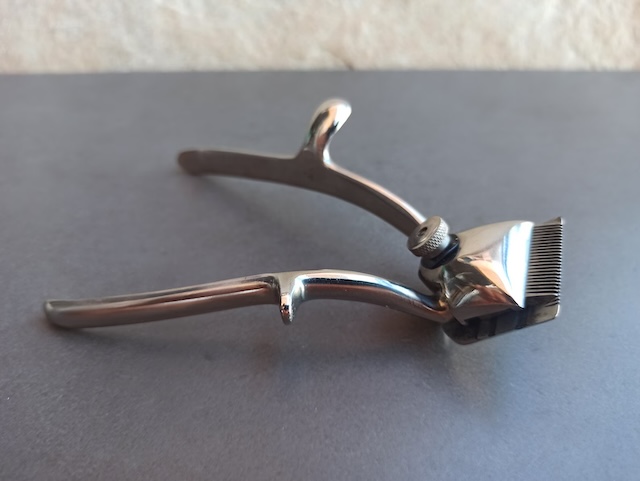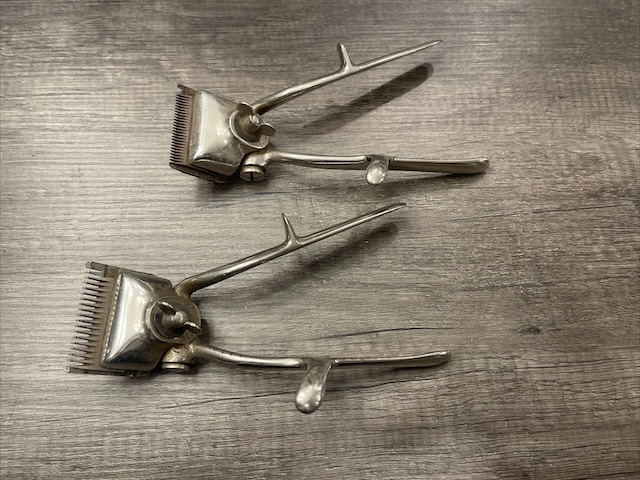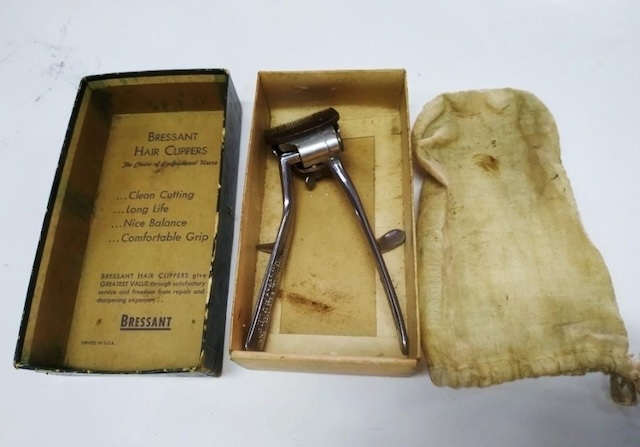Hand clippers, once an essential part of everyday life, are tools that evoke a deep sense of nostalgia. These simple yet effective instruments were integral to various tasks, from personal grooming to gardening. In this article, we will explore the significance of hand clippers, the various types that were commonly used, the craftsmanship involved in their operation, the transition to modern alternatives, and the sentimental value they hold for many today.

Why Hand Clippers Were Indispensable in Daily Life
Hand clippers played a pivotal role in daily routines, serving multiple purposes with unmatched versatility. Whether you needed to trim hair, shape hedges, or prune delicate plants, hand clippers were the tools of choice. They represented not just utility but also a symbol of self-reliance and skill. The ability to groom and maintain one’s appearance or garden with a simple pair of clippers was a source of personal pride and accomplishment.
Back in the day, owning a reliable pair of hand clippers meant you were equipped to handle a variety of tasks independently. There was a certain satisfaction in knowing that you could manage these tasks without relying on advanced technology or external help. This sense of autonomy is something many today might take for granted, but it was a defining characteristic of the era when hand clippers were at their peak.
Exploring the Different Types of Hand Clippers
Hand clippers came in various forms, each designed for a specific purpose. The most commonly used types included:
- Hair Clippers: Essential for personal grooming, hair clippers were a staple in every barber’s toolkit. These clippers were manually operated, requiring precision and skill to ensure an even cut.
- Garden Shears: These were the go-to tools for gardeners, perfect for trimming hedges and shrubs. Their robust design allowed for efficient cutting of thicker branches and foliage.
- Pruning Scissors: Delicate yet sturdy, pruning scissors were indispensable for maintaining plants and flowers. Gardeners used these to trim away dead or excess growth, ensuring healthy plant development.
Each of these tools had a unique function, and mastering their use was an art in itself. It wasn’t just about having the right tool but knowing how to wield it with expertise. This mastery often required years of practice and was passed down through generations, creating a rich tradition of craftsmanship.
The Craftsmanship Behind Hand Clippers
Using hand clippers was far from a mindless task. It required a high degree of craftsmanship and skill. Unlike modern electric clippers, which simplify many tasks, hand clippers demanded precision, dexterity, and a deep understanding of the tool’s mechanics.
Barbers, for instance, prided themselves on their ability to manipulate hair clippers with finesse, creating precise cuts that reflected their skill and experience. Gardeners, on the other hand, needed to understand the different types of plants and how best to care for them using their shears and pruning scissors. The craftsmanship involved in using these tools was highly regarded, and those who excelled were respected for their expertise.
This tradition of craftsmanship and skill has, unfortunately, faded with the advent of modern technology. Yet, the legacy of these tools lives on, and the skills required to use them are still admired by those who appreciate the art of manual labor.
The Shift to Modern Clippers: A Technological Evolution
As technology advanced, the transition from hand clippers to modern electric versions was inevitable. Electric clippers offered numerous benefits, including increased efficiency, speed, and precision. Tasks that once took considerable time and effort could now be completed in a fraction of the time, with less physical exertion.
However, this shift also marked the end of an era where manual skill and labor were paramount. The convenience of modern clippers often overshadowed the satisfaction derived from using hand clippers. For many, the tactile experience of using hand clippers and the pride in a job well done were irreplaceable.
Despite the advantages of modern technology, there remains a longing for the days when craftsmanship and skill were more valued than convenience. Hand clippers, in this sense, represent a bygone era, a time when the quality of work was directly tied to the skill of the individual.
The Nostalgia and Sentimental Value of Hand Clippers
Hand clippers continue to hold a special place in the hearts of many. For some, they are cherished heirlooms, passed down through generations, carrying with them the stories and experiences of those who used them before. These tools evoke memories of simpler times, when life moved at a slower pace, and manual labor was a respected and necessary part of daily life.
The sentimental value of hand clippers is not just in their functionality but in what they represent. They are a reminder of a time when people took pride in their work and when the tools they used were a reflection of their skills and dedication. For those who still own and use hand clippers, they serve as a connection to the past, a tangible link to the traditions and values of earlier generations.
Conclusion: Preserving the Legacy of Hand Clippers
Reflecting on the past, it’s clear that hand clippers played a vital role in shaping our daily lives and fostering a culture of craftsmanship and self-reliance. While modern clippers have undoubtedly transformed the way we work, the nostalgia and sentimental value of hand clippers endure. As we embrace the future, it’s important to honor and preserve the legacy of hand clippers, recognizing the skills and traditions they represent.
In a world increasingly dominated by technology, the humble hand clipper stands as a symbol of a time when craftsmanship, skill, and self-reliance were at the forefront of daily life. By remembering and valuing these tools, we can keep alive the traditions and values that they represent.






